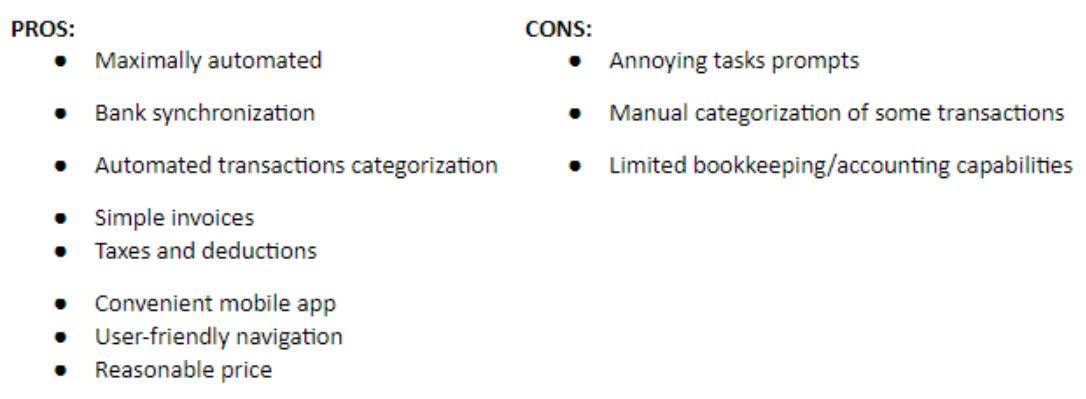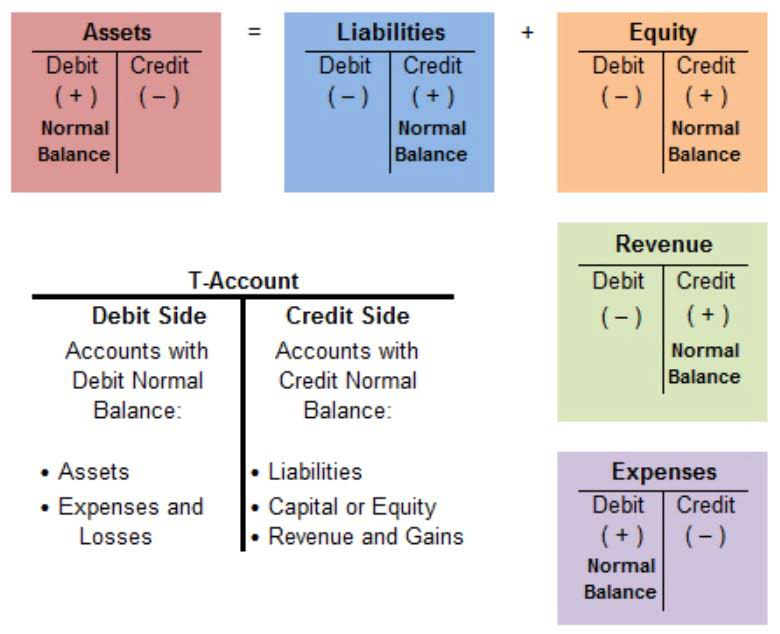What Is The Cost Principle In Accounting

Technological advancements or changes in market demand may render certain assets obsolete or impaired. However, under the Cost Principle, these assets are still recorded at their original cost and may not reflect their diminished value or usability. Overall, the advantages of the Cost Principle include objectivity, simplicity, faithful representation of assets, consistency, and transparency. These advantages enhance the credibility and usefulness of financial statements, enabling stakeholders to make informed decisions based on reliable information. Scott’s music production company purchases the copyright to a song from an up-and-coming artist.
For example, a business might have certain expenses that are paid off (or reduced) over several time periods. If the business will stay operational in the foreseeable future, the company can continue to recognize these long-term expenses over several time the cost principle is used: periods. Some red flags that a business may no longer be a going concern are defaults on loans or a sequence of losses. In order to record a transaction, we need a system of monetary measurement, or a monetary unit by which to value the transaction.
Using the Cost Principle Saves Money
Going back to our trade-in example, the company that traded in their car might have gotten a good deal on the new car. Instead of paying the full retail price of $30,000, it only had to pay $23,000. Even though the car is technically worth $30,000, the company records the cost on the balance sheet of $23,000 because that this is the amount that was actually paid for the car. The cost principle is less applicable to long-term assets and long-term liabilities.

They should consider the specific circumstances of the business and industry in question, as well as any subsequent revaluations or impairments of assets that may impact the accuracy of the reported values. One key area where the Cost Principle is applied is the valuation of assets. Under this principle, assets are initially recorded on the balance sheet at their original cost.
The Accounting Equation
My Accounting Course is a world-class educational resource developed by experts to simplify accounting, finance, & investment analysis topics, so students and professionals can learn and propel their careers. Shaun Conrad is a Certified Public Accountant and CPA exam expert with a passion for teaching. After almost a decade of experience in public accounting, he created MyAccountingCourse.com to help people learn accounting & finance, pass the CPA exam, and start their career.

While the Cost Principle may seem straightforward, its application can have significant implications for the financial statements of a business. It affects the valuation of assets such as property, plant, and equipment, as well as the recognition of expenses, such as depreciation and amortization. Understanding how the Cost Principle is applied and its impact on financial reporting is crucial for investors, creditors, and other stakeholders.